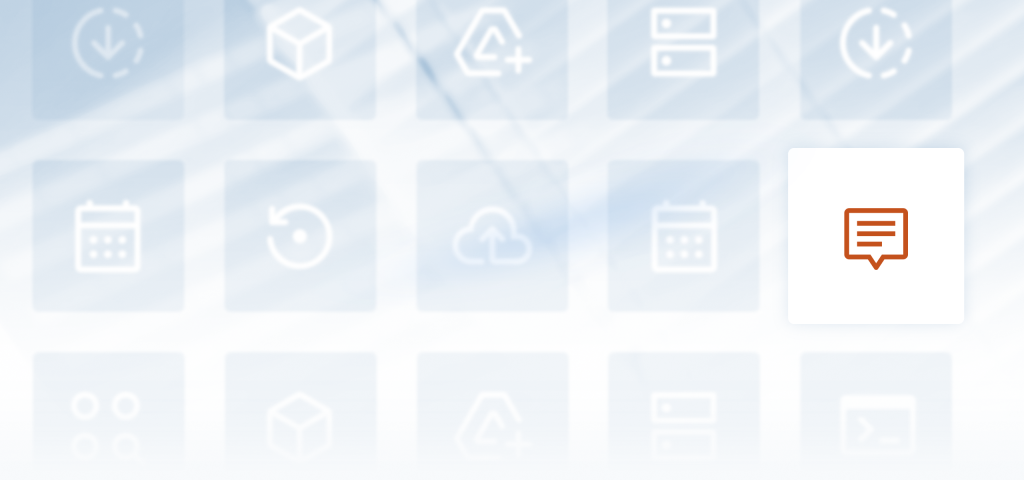Top levers to pull to secure your WordPress website
WordPress security is in freefall: vulnerabilities rocketed from 5,946 in 2023 to 7,964 in 2024. Alarmingly, 2025 has already seen 5,551 vulnerabilities in just five months – meaning this year’s pace would shatter all previous records with a projected 67% increase over 2024’s already catastrophic numbers.
Imagine trying to access your WordPress site only to discover it redirects to a scam site and your content is gone, or having all the valuable customer data stolen. It’s a complete nightmare, but it happens more often than you think.
Here’s the good news – securing WordPress doesn’t require a computer science degree or hiring expensive consultants. In fact, implementing just a handful of smart security practices can deflect 90% of automated attacks that target WordPress sites.
Let’s explore the most powerful security levers you can pull today, ranked by their impact-to-effort ratio:
Lever #1: Enable Two-Factor Authentication
Section titled Lever #1: Enable Two-Factor AuthenticationImpact: Critical
Time it takes: 5 minutes
Think of your WordPress login like your front door. Even the strongest deadbolt won’t help if someone has your key. Two-factor authentication (2FA) adds a second lock that changes every 30 seconds.
Why it matters:
Section titled Why it matters:In 2024, compromised credentials account for 73% of breaches. Even if hackers steal your password through a data breach elsewhere, they can’t access your site without your phone.
How to implement:
Section titled How to implement:- Install a 2FA plugin (plugins like AIOS include this feature built-in)
- Scan the QR code with an authenticator app (such as Google Authenticator)
- Enable 2FA for all administrator accounts first, then editors
Lever #2: Implement Smart Login Limits
Section titled Lever #2: Implement Smart Login LimitsImpact: High
Time it takes: 10 minutes
Imagine someone trying 1,000 different keys on your door every minute. That’s what brute force attacks look like. Login limits act like a security guard who says “three strikes and you’re out.”
Why it matters:
Section titled Why it matters:Websites face millions of brute force attacks daily. Without limits, it’s just a matter of time.
How to implement:
Section titled How to implement:- Set login attempt limits (3-5 attempts is standard)
- Configure lockout duration (start with 20 minutes)
- Whitelist your IP address to avoid locking yourself out
- AIOS offers granular controls here
Real world example: One photography site reduced malicious login attempts by 99.8% just by implementing a 3-attempt limit with 30-minute lockouts.
Lever #3: Keep Everything Updated
Section titled Lever #3: Keep Everything UpdatedImpact: High
Time it takes: 15 minutes/month
Running outdated WordPress is like leaving your windows open in a thunderstorm – you’re inviting trouble inside. Updates aren’t just about new features; they’re security patches.
Why it matters:
Section titled Why it matters:Research by Sucuri found that 61% of hacked WordPress sites were running outdated software. Hackers actively scan for sites running vulnerable versions.
How to implement:
Section titled How to implement:- Enable automatic updates for WordPress core
- Set plugins to auto-update (or review weekly)
- Delete unused themes and plugins entirely
- Use a staging site to test major updates first
Quick tips:
Section titled Quick tips:- Set a recurring calendar reminder for “WordPress Maintenance Monday” to check for updates manually if you prefer control over automation.
- If you manage multiple sites or want more granular control over your update schedule, consider using Easy Updates Manager. This plugin lets you configure exactly which components update automatically, schedule updates for specific times (like 3 AM when traffic is low), and even set up email notifications for successful updates. It’s particularly helpful if you want to automate core updates while keeping plugin updates manual, or if you need to exclude specific plugins from auto-updates due to compatibility concerns.
Lever #4: Change Default Settings
Section titled Lever #4: Change Default SettingsImpact: Medium-High
Time: 20 minutes
WordPress default settings are like using “password123” – hackers know them by heart. Small tweaks make their automated scripts fail.
Why it matters:
Section titled Why it matters:Automated bots target default configurations. Changing predictable patterns breaks their scripts.
Key changes to make:
Section titled Key changes to make:- Change login URL from /wp-admin to something unique
- Rename the default “admin” username
- Disable file editing in WordPress admin
- Hide WordPress version information
AIOS handles these tweaks through simple toggles, or you can modify your .htaccess and wp-config.php files manually.
Lever #5: Activate a Web Application Firewall
Section titled Lever #5: Activate a Web Application FirewallImpact: High
Time: 20 minutes
A firewall is your site’s bouncer -checking every visitor at the door and turning away troublemakers before they can cause problems. It filters malicious traffic before it ever reaches your WordPress installation.
Why it matters:
Section titled Why it matters:Firewalls block 99% of malicious requests, including SQL injection attempts, cross-site scripting (XSS), and zero-day exploits. They stop attacks you don’t even know exist yet.
How to implement:
Section titled How to implement:- Choose between cloud-based (Cloudflare, Sucuri) or plugin-based (AIOS, Wordfence) solutions
- Configure geographic blocking if you only serve specific regions
- Set up rate limiting to prevent abuse
- Enable automatic blocking of known malicious IPs
AIOS includes a robust firewall with pre-configured rules, while alternatives like Wordfence or cloud solutions offer similar protection with different approaches.
Lever #6: Set Up Security Monitoring
Section titled Lever #6: Set Up Security MonitoringImpact: Medium
Time: 30 minutes
You can’t fix what you don’t know is broken. Security monitoring is like having security cameras – they don’t prevent break-ins but help you respond quickly.
Why it matters:
Section titled Why it matters:The average breach goes undetected for 204 days. Early detection can mean the difference between a minor incident and a catastrophe.
How to implement:
Section titled How to implement:- Enable file change detection
- Set up login notification emails
- Monitor 404 errors for scanning attempts
- Schedule malware scanning
- Review security logs weekly (set a reminder!)
If you’re looking for a reliable solution that handles all of these requirements, UpdraftPlus has become the go-to backup plugin for millions of WordPress users. It automates the entire process, integrates with major cloud storage providers (Google Drive, Dropbox, S3), and makes testing restores straightforward.
Your Security Journey Starts with One Step
Section titled Your Security Journey Starts with One StepSecurity isn’t about building an impenetrable fortress – it’s about making your site a harder target than the next one. Start with two-factor authentication today. Add one new security layer each week. Within a month, you’ll have transformed your WordPress site from an easy target to a secured asset.
The easiest way to do this? Use a security plugin like AIOS. It brings together essential tools like 2FA, firewall protection, brute force prevention, and login lockdown, into one powerful, user-friendly dashboard. No technical expertise required.
Remember: Perfect security doesn’t exist, but good security practices will protect you from the vast majority of threats. Your future self will thank you for starting today.
About the author

Alexandru Bucsa
Alex is our All-In-One Security Product Manager. With more than six years of WordPress experience, he listens closely to what users need and works hard to make AIOS even better. Drawing on his background in forensic investigations, Alex loves diving into problems to understand their causes and find practical fixes that truly help our community.
Categories
AIOS
Comprehensive, feature-rich, security for WordPress. Malware scanning, firewall, an audit log and much more. Powerful, trusted and easy to use.
From just $70 for the year.
More stories
-

How to make your WordPress site accessible
Learn how to make your WordPress site accessible with simple steps that improve usability, meet WCAG guidelines, and boost SEO.
-

Best WordPress themes for emergency services
Compare free and premium themes built for speed, clarity, and reliability when every second counts.
-

Best corporate WordPress themes for business sites
Need a corporate WordPress theme? Compare fast, trustworthy options that make business sites look professional.
-

What is the best WordPress plugin for adding code?
Discover the best WordPress plugins for adding custom code safely. Learn how to add PHP, CSS, or JS snippets without risking site performance.
